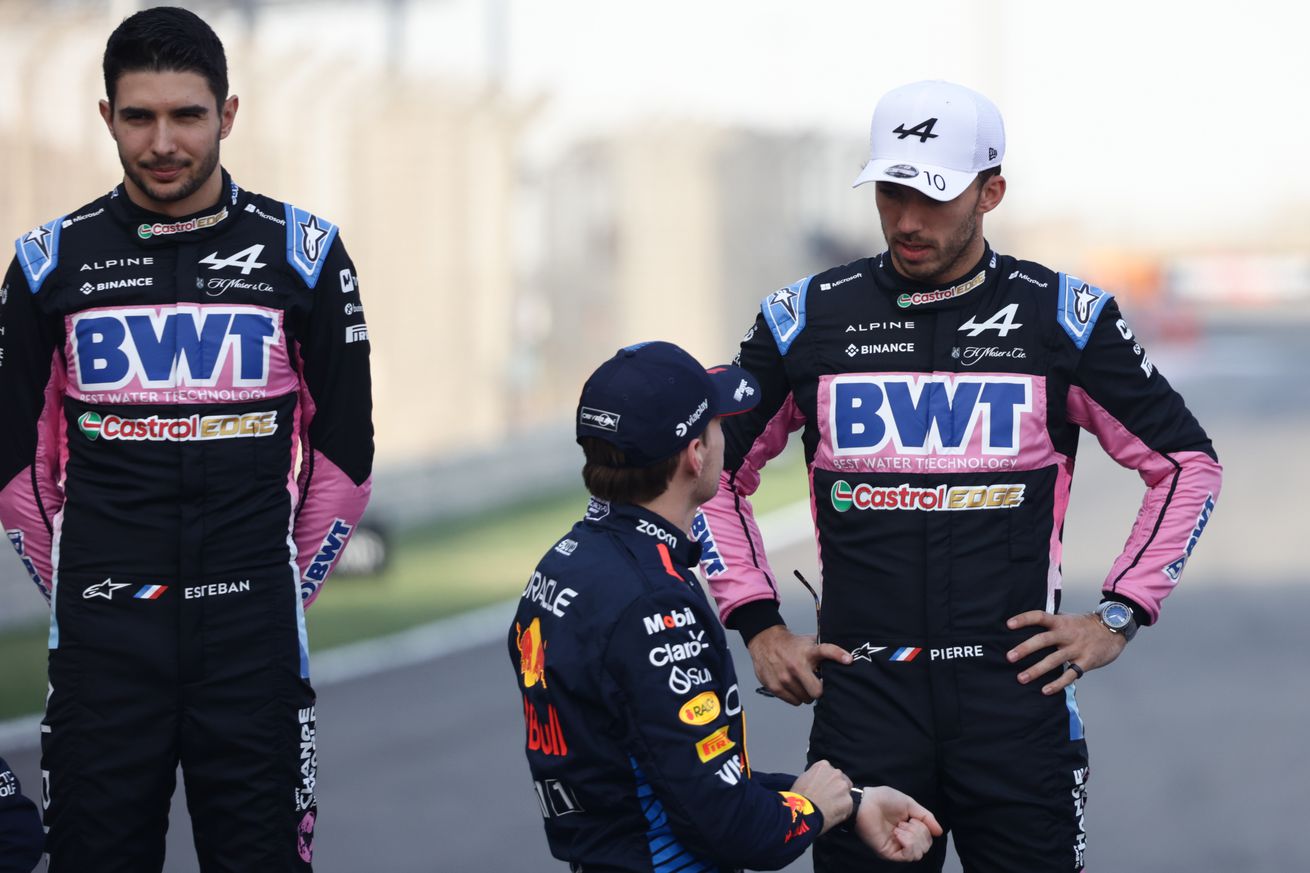Photo by Jakub Porzycki/NurPhoto via Getty Images
After a tough start to 2024, Alpine is making some big changes
Following pre-season testing, Alpine made it clear that they expected a “challenging” start to the 2024 Formula 1 season.
Now, after just one race, changes are coming.
On Monday the team announced a new organizational structure, replacing the single Technical Director format with three newly-created technical roles. The team is implementing what they call a “three-pillared approach,” with a Technical Director (Performance), a Technical Director (Aerodynamics), and a Technical Director (Engineering).
As stated in the team’s announcement, the moves come “after a period of disappointing results in the FIA Formula 1 World Championship, where the team has fallen from finishing fourth in the 2022 Championship to sixth in 2023, missing several key targets in its ambitions to reach the front of the grid.”
Alpine introduced Joe Burnell as the team’s new Technical Director (Engineering), David Wheater as the team’s new Technical Director (Aerodynamics), and Ciaron Pilbeam as their new Technical Director (Performance).
The team also announced that Matt Harman and Dirk de Beer, their Technical Director and Head of Aerodynamics, have “chosen to leave the team to seek new challenges.”
The moves come after a disappointing season that saw the A523, their challenger for 2023, struggle with power. By their own analysis Alpine was down around 15bhp to the rest of the field, leading the team to ask the FIA for permission to take a “holiday” from the power unit freeze in place. That request was denied, and the team floundered in the middle of the grid, fast enough to hold off Williams and other challengers from behind, but too slow to challenge Aston Martin and McLaren in front.
So far, the A524 has not been much of an improvement. Their 2024 challenger has been described as “overweight,” and had underwhelmed through pre-season testing and the season-opening Bahrain Grand Prix. Pierre Gasly and Esteban Ocon started at the back of the grid in the Bahrain Grand Prix, and finished outside the points.
Now, the team is hoping this new direction gets them on the right path.
“We have decided to make these organisational changes as we can clearly see that we are not where we want nor need to be in terms of performance level and it is time to take another step in terms of organisation and people,” said Team Principal Bruno Famin in the announcement. “The new three-pillared structure with three Technical Directors, each specialising in different areas, will bring better work and collaboration across our technical areas and contribute to delivering performance from the factories to the race track.
“I trust fully in the abilities of Joe, David and Ciaron to work closely together in bringing the team the performance and improvements that it needs. Finally, I would like to thank Matt and Dirk for their efforts over the last couple of years at the team and wish them the very best in the next chapter of their careers.”
The changes mirror an approach taken at McLaren a season ago. After the Woking-based outfit struggled with their own 2023 challenger, changes came to McLaren’s organizational structure. The team reorganized its managerial staff early in the year, creating a new Formula 1 Technical Executive team that reported to Team Principal Andrea Stella. That put the right people in the right places, according to CEO Zak Brown, to cultivate conditions for their recent success. As Brown explained to me last October:
“But there’s a lot of great people at McLaren that have contributed to that,” said Brown regarding that faster race car. “We made a team principal change, and technical director and head of aero, which were effectively our three most senior positions within a racing team, and put Andrea Stella in charge.
“And what that enabled us to do was to restructure the team, empower the great talent that already existed within McLaren because I think the impressive part is the people that gave us the car at the start of the year are the same people that have given this fantastic race car that we have now.
“So we really weren’t set up for success and didn’t have the right leadership approach to getting the most out of our people, and that’s ultimately what’s changed back at the factory.”
The result for McLaren? A “faster race car” according to Brown, and a mid-season charge up the table that saw the team finish fourth in the Constructors’ Championship.
Can Alpine pull off something similar?













